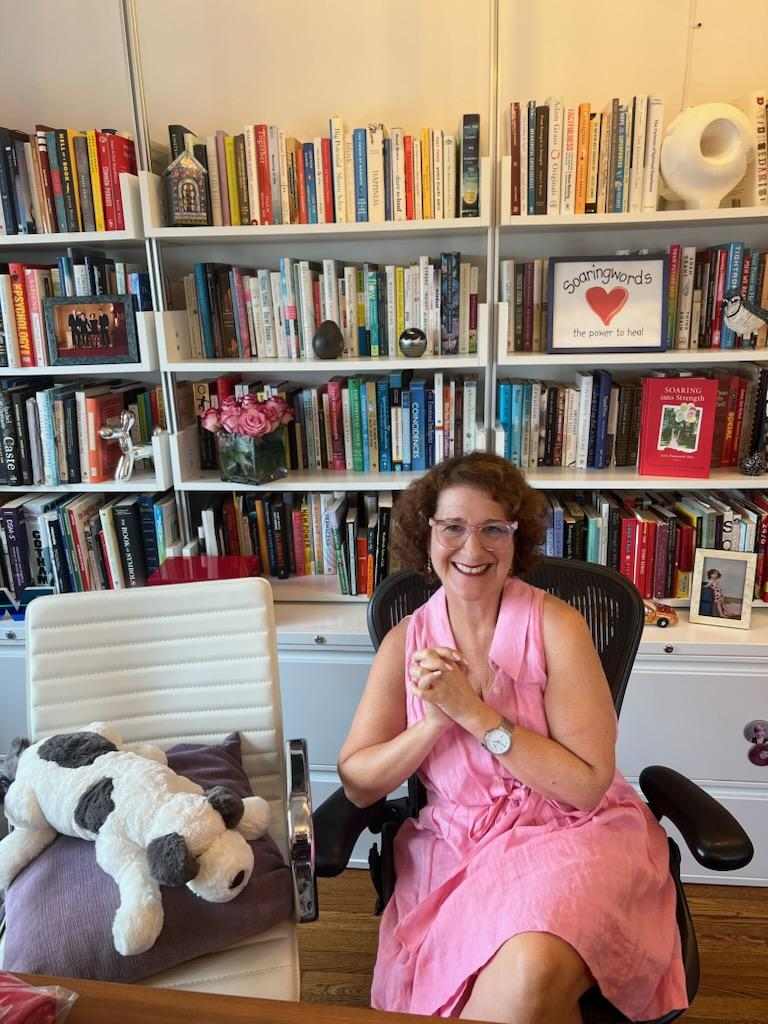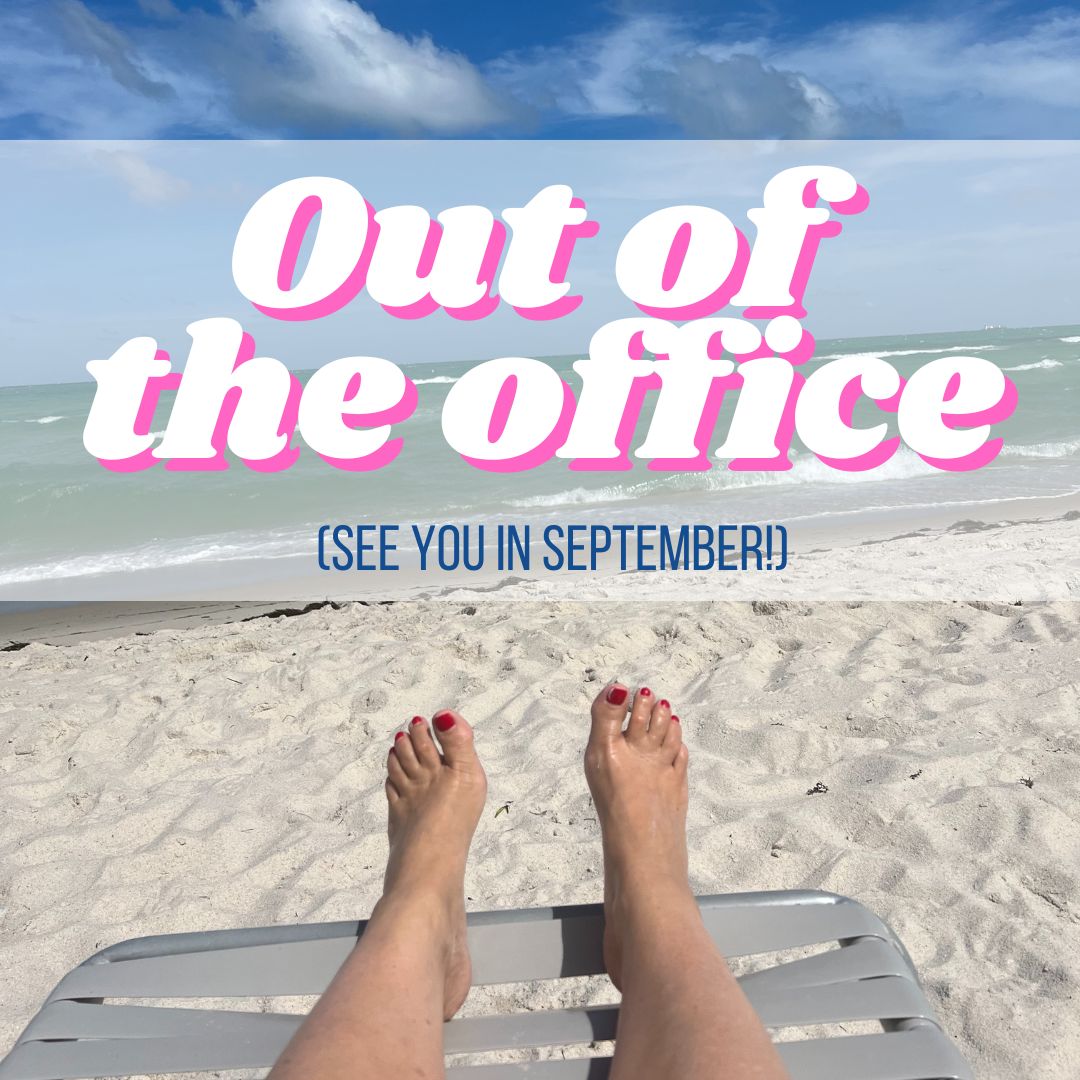
In these tumultuous times, it’s essential to learn how to nurture, acknowledge, and protect (NAP) your inner child. Everyone appreciates the restorative benefits of sleeping or napping for babies and young children. However, we often forget that a restorative nap can benefit us at any age.. According to the Mayo Clinic, napping can increase alertness, improve your mood, and enhance performance. Additionally, napping can boost cognitive function including memory and logical reasoning, according to the Sleep Foundation. Today I’m suggesting that, when you take a pause from your turbo-charged, adrenaline-infused adult life, you might derive similar benefits in a more restful state of self-compassion.
I confess there was a time I thought that the notion of connecting to our inner child was a “wacky woo-woo” and “new age” concept. It seemed like perfect fodder for a Stuart Smalley “Daily Affirmations” skit on Saturday Night Live when he gazed into the mirror and proclaimed, “I’m good enough, I’m smart enough, and, dog-gone-it, people like me.”
However, I had a realization during COVID quarantine that altered my worldview and shook my self-perception to its core. I learned that certain childhood traumas I had gone through were dormant, but not forgotten despite being expertly stuffed and buried into the deep recesses of my mind and body. After listening to so many people express their anxieties in the early days of the pandemic, I started to acknowledge my own fears and slowly work on a new relationship with all of my feelings. Today I understand that someone who has gone through childhood trauma can be triggered into what’s called an emotional flashback. These flashbacks transport the person back in time to a place of psychological turmoil with intense feelings of unsafety like they’re going through the trauma again—even if it happened years ago.
When I felt glum or sad as a child, I remember feeling comfort and safety by spending time with my beloved dogs Misty, Pepsi, or Brandi. These 20-something pound bundles of unconditional and unwavering love were cuddly companions who did not judge me or nudge me to stop crying and “cheer up.” Instead, they sat with me and loved me just as I was. A few weeks ago I was in West Side Kids, the neighborhood toy store. When my two sons were young, I bought all sorts of fun and engaging books, stickers, and educational toys. West Side Kids also has an amazing selection of adorable stuffed animals, which I’ve bought for friends’ newborns over the years. Most recently, however, I bought the cutest plush dog for my five-month-old granddaughter Natalie.
As I held the soft dog in my arms, a strong, nostalgic desire welled up in my heart. And, just like a child in a toy store, the message was loud and clear: I wanted one for myself. This realization was hilarious and tender at the same time. It was an impulse purchase—like buying one of those items that are placed strategically by the register to motivate people to make a quick decision while waiting in line. I walked out of the store with the baby gifts I came in to buy along with a cuddly comfort pet for myself.
It felt goofy until I stroked her impossibly soft ears and length of her torso. I placed her on the chair next to my desk. Whenever I looked over to her, I smiled. On the second day, I confessed my secret to my Soaringwords team members on Zoom, pulling the camera back to reveal my canine companion. They gushed and smiled.
In February of this year, New York Times contributor Sarah Gannett wrote a Wirecutter essay titled “The Case for Sleeping With Stuffed Animals as an Adult.” She shared her habit of sleeping with a stuffed animal and how she learned that many of her coworkers and friends also improved their sleep with the help of a plush toy. A 2016 study cited in the essay shared that college students who held a plush pet during group therapy felt that they were better able to self-soothe. Additionally, hugging has been shown to lower stress hormones. For now having Jelly Dog at my side during the work day is delightful. And, the best part is, that my husband or I don’t need to walk her several times a day.
As we age, hopefully we can become wise and have the empathy and self-knowledge to recalibrate our actions to suit our needs. They say that a dog is a person’s best friend. And sometimes we can be that best friend to ourselves.


